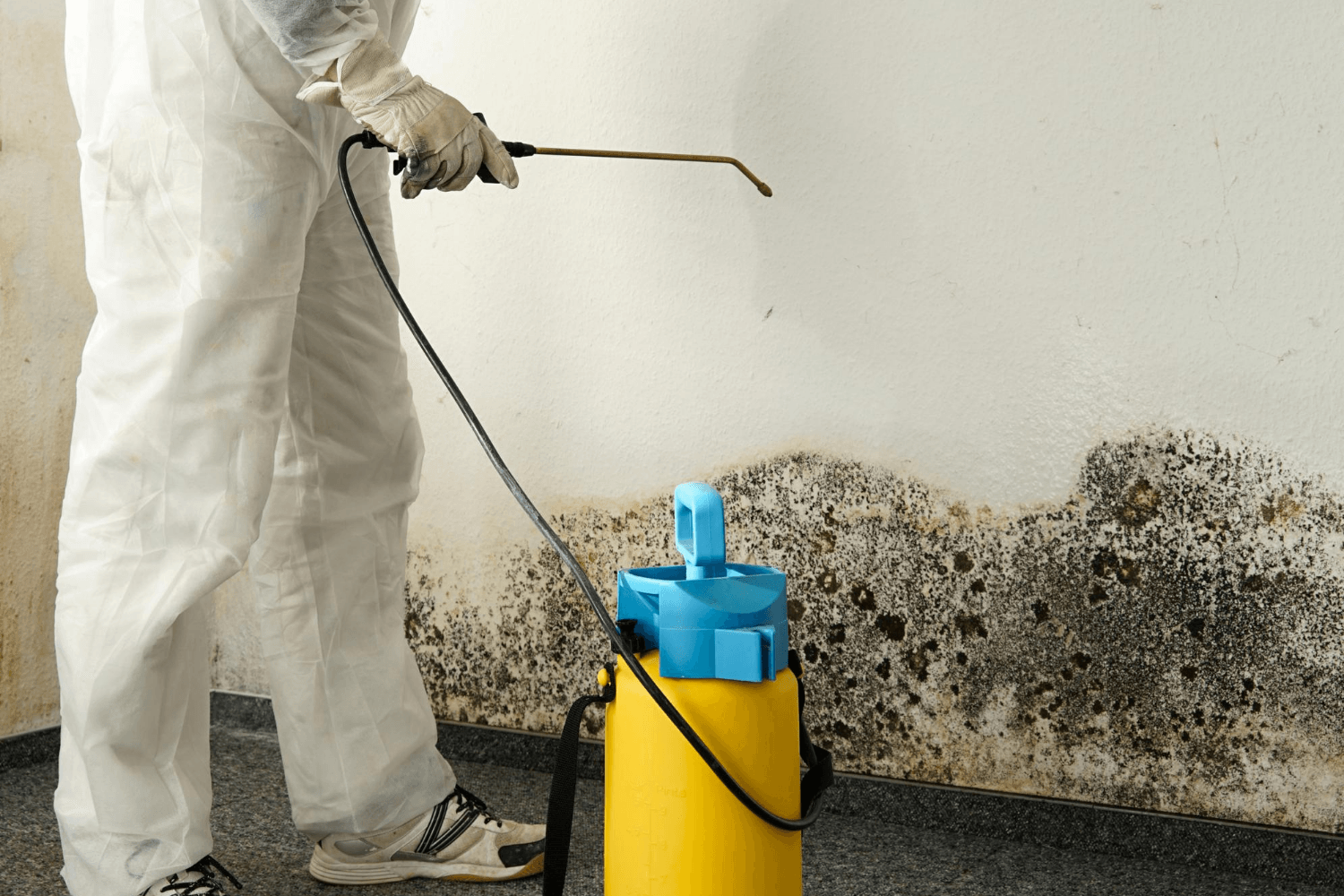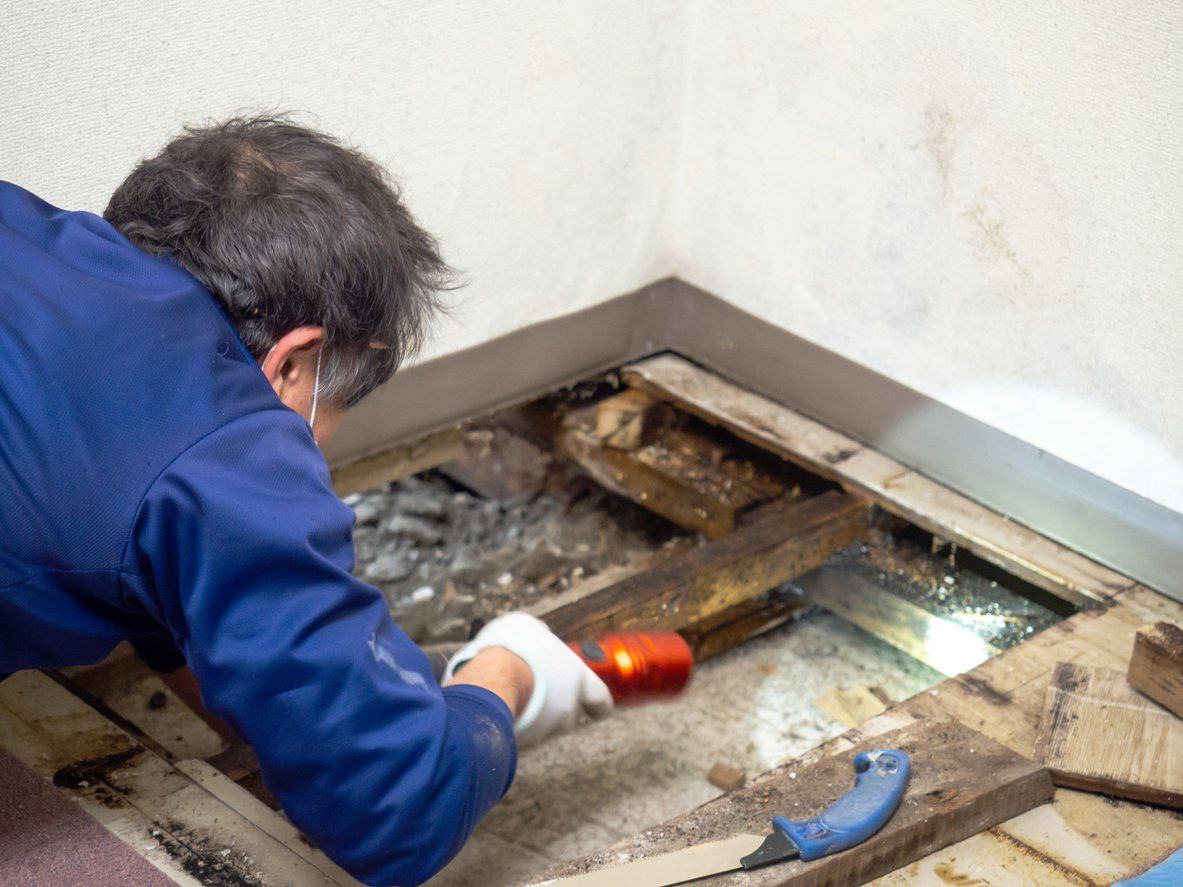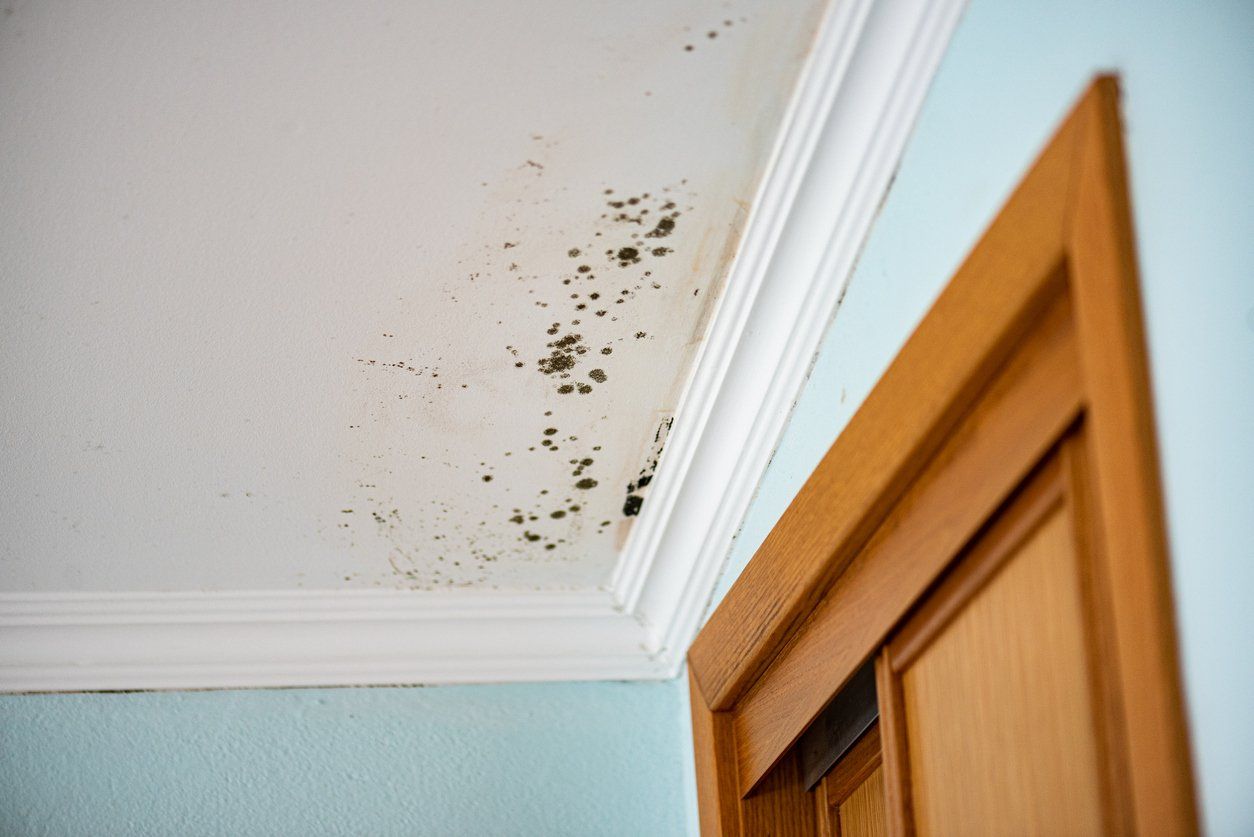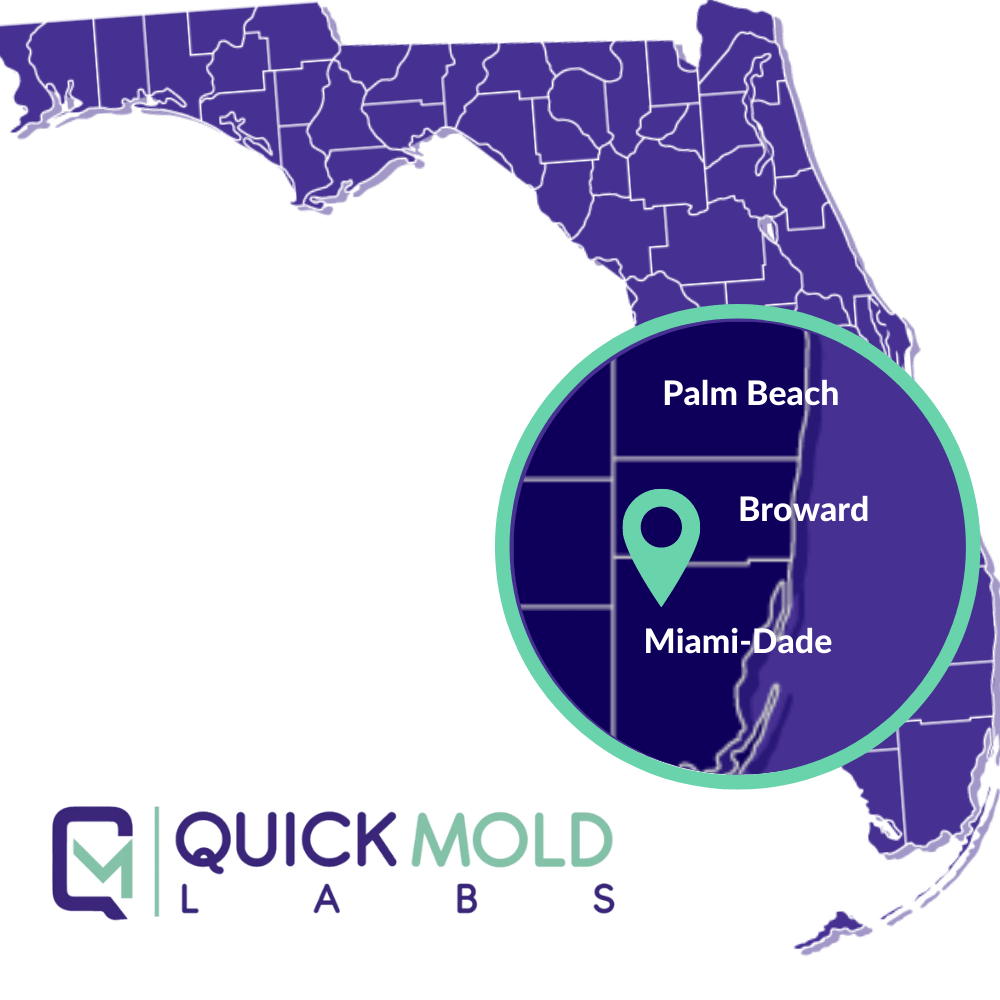Everything You Need to Know About Mold Spores
Mold is a fungus that grows on organic matter. Some mold is friendly while some mold is deadly to humans and animals. Mold spores can be present in the air and you wouldn't even know it. Some mold spores are airborne and hard to trace, but mold spores will always stay on your belongings or inside your house if mold becomes an infestation. Mold inspection includes mold testing procedures that involves collecting samples using special equipment and laboratory analysis on collected mold samples. Hiring a mold inspection company like Quick Mold Labs is your best option for mold spores detection.
Before you can learn how to recognize mold development in your house, you should first grasp what mold spores are and how they may grow so quickly.
What Are Mold Spores and How Do They Proliferate?
Mold reproduces by releasing mold spores. The timing of when the spores are discharged is determined by the type of mold and the present meteorological conditions. Some mold spores are discharged when the weather is dry and windy, while others are discharged when the weather is foggy or damp. In general, spore counts are highest after a period of heavy rain, or after flood or water damage.
Mold spores are less than half the width of a human hair and can land on your clothing, shoes, jackets, bags or briefcase, and even your pets. These mold spores can also enter your house through open windows, doors, screens, and your air conditioner. They can even take the form of microscopic seeds that travel about your residence. Mold spores are extremely resilient. They can withstand harsh weather conditions, and even if conditions aren't suitable for fungus development, air currents may readily transfer mold spores to a more appropriate environment for growth. Mold spores will dwell in your home if they locate a warm, moist environment and begin to develop new fungus.
The development of hair like hyphae is the first step in the new growth process. Mold's hyphae are analogous to plant roots. The hyphae have the ability to stretch out and spread into colonies that can cover many square feet of material. More spores are released as mold grows, and the cycle continues.
Mold Spores in the Home and Where to Look for Them
Mold spores that find a place to grow swiftly turn into full fledged mold. Mold is classified into several types, each of which obtains its nutrition from a different source. As a result, mold may be detected in a variety of places in your house. Here are the most prevalent mold kinds and where they are most likely to grow:
- Alternaria: This mold is a common kind that may be discovered in moist locations such as sinks, showers, or bathtubs, as well as dark or dim regions outside the home.
- Aspergillus: The most prevalent type of household mold, which may be discovered in every room of the house. Mold spores can adhere to and develop on linen and bedding.
- Aureobasidium: This mold is commonly seen on wooden furniture or particleboard, painted walls, wallpaper, around windows, and in caulked places. Mildew is a term used to describe mold found on caulk or similar products.
- Chaetomium: This mold can be found in drywall that has been subjected to water damage.
- Cladosporium: This may be found in carpets, wood flooring, wooden cupboards, and various fabrics and upholstery.
- Fusarium; This mold, which is far less prevalent, is frequently found in carpeted areas that are routinely exposed to damp, such as front and rear entryways, bathrooms, laundry rooms, and kitchens.
- Penicillium: Mold that is commonly seen within insulation, on water-damaged furniture, and on carpets. This mold reproduces fast and spreads widely.
- Stachybotrys Chartarum: Known as toxic "black mold," it may be found in locations that are always moist, such as drains, air conditioning vents, and plumbing lines.
Warning Signs of Mold
While understanding what sort of mold you are dealing with is critical, it is also critical to recognize the warning signs of a potential mold problem. Here are three of the most prevalent warning signs to be on the lookout for:
- Smell: Mold has a noticeable musty stench, similar to damp clothes or decaying wood. This odor is caused by the emission of microbial volatile organic compounds (MVOCs).
- Spots: If you see damp spots or patches on your wall or ceiling, you are most likely dealing with mold. Mold comes in a variety of colors, including greenish-brown, black, gray, white, ashy, and even purple.
- Health Issues: There are well documented health symptoms and diseases connected with prolonged exposure to mold. If you have mold in your house, you or your family may have flu like symptoms such as:
- Frequent coughing
- Nasal/sinus congestion
- Irritated/watery eyes
- Upper respiratory conditions
Other negative consequences associated with the presence of mold spores include:
- Fatigue
- Weakness
- Headaches
- Poor memory
- Joint pain
- Mood swings
People who have a weakened immune system or suffer from asthma are significantly more vulnerable to mold's major health risks. If you experience seasonal allergy like symptoms outside of your usual allergy season, or if you experience multiple of the symptoms described above, you should get your house examined and treated for mold spores.
What You Can Do If You Have Mold Spores In Your Home
The first step in resolving a mold problem is to stop any leaks. Mold is most prone to grow when there is water. If you clear up the mold without addressing the root source of the problem, the mold will rapidly return.
Mold spores frequently develop in regions that are difficult to access and cannot be seen. This is when you should contact mold repair professionals. If you suspect a mold problem in your house, a mold specialist may evaluate the situation, identify and test for mold type, and resolve the problem.
A Mold Inspection Company Serving Florida
Contact Quick Mold Labs at 786-530-6653 today for 24 hour mold inspection, mold testing, or mold assessment along with any of our other services or get an instant quote from our website. Our Mold Inspection Company will get to your Florida home and Inspect if there are mold spores in your home in 30 to 60 minutes.
Do you need black mold testing for your home or business? Learn all about black mold testing here.




